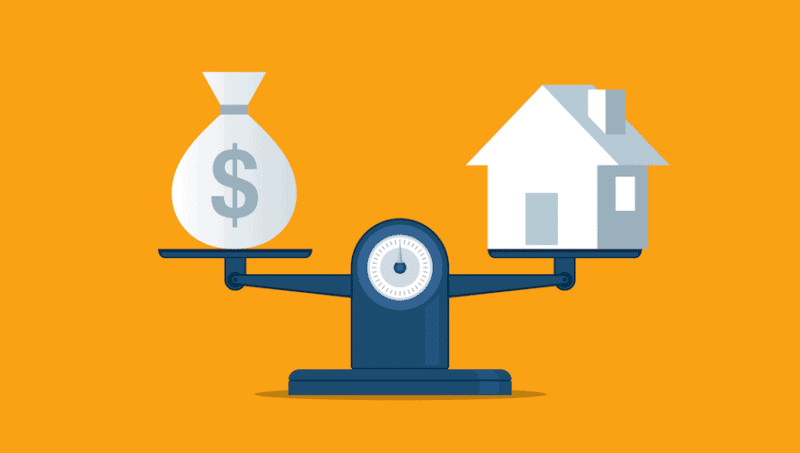Determining your credit score isn’t a very transparent process. Between the proprietary formulas and confusing jargon, it can get frustrating trying to determine the best ways to raise your score. To help you better understand your score, we’re going to discuss credit utilization (an essential part of your credit score), and breakdown the difference between overall and individual utilization.
The Definition of Credit Utilization
Credit utilization is a ratio of how much credit you’ve used against the total amount of credit available to you. To put it another way, it’s the percentage of your available credit that you’re currently using.
As an example, let’s say you have two credit cards, each with a $1000 limit. Let’s also say that you are currently carrying a balance of $500 on one of the cards. Your overall credit utilization is 25 percent, as you have $2000 total available to you as credit and you’re currently using $500 of that amount. Now, overall credit utilization is slightly different than individual utilization, which we’ll get to in a moment.
When it comes to your FICO credit score, there are five components of credit utilization:
- The amount owed on all accounts
- The amount owed on different types of accounts
- The number of accounts with monthly balances
- The utilization ratio on your revolving accounts, such as credit card
- The amount owed on installment loans (such as auto loans) compared to the original loan amount
Individual vs. Overall Utilization
In the example we gave in the above section, we said the overall credit utilization was the ratio of the total amount you owe against the total amount of credit available to you. Individual utilization, however, looks at that same ratio but for individual accounts.
So, let’s look at the same example as above with two credit cards that each have a $1000 limit and one that has a $500 balance. The individual utilization on one card would be zero percent, as it carries no balance. The other card, though, would have a utilization rate of 50 percent, as half of the available limit is currently being used.
The Importance of Utilization
Credit utilization makes up 30 percent of your credit score, making it an important aspect of your score. Overall, only payment history makes up a larger percentage of your credit score.
Individual utilization plays just as important a part, if not more so, than overall utilization. This means you may not have luck lowering your score by simply adding a high-limit tradeline if you already have one with high utilization. Credit scores do this so as not to encourage maxing out individual tradelines, which can still leave you at risk of a missed payment or defaulting.
In terms of an ideal utilization rate, one theory states that it’s best to have every tradeline except for one with a zero balance, with the remaining card having an individual utilization rate of between one and three percent.
Of course, maintaining that type of balance is not possible for many people. Most experts say that, ideally, your individual and overall utilization should not exceed 30 percent, with a preferable goal of 20 to 25 percent.
Ways to Keep Utilization Low
There are several key ways to help keep your individual and overall utilization low. However, to take any of these steps, you’ll first need to know your current utilization levels. You can do this yourself by simply adding up your total credit limit and divide by your total balances. For individual utilization rates, you’ll do the same, except for each tradeline individually instead of adding up your total balances and limits.
If you have a high balance on one card, you can always initiate a balance transfer from that card to another to help lower individual utilization rates. You can also keep this in mind when making purchases and spread out those purchases across your credit cards.
You can also ask your lender for a credit limit increase on your high balance card. The higher available credit on that card will lower both its individual utilization rate and your overall rate.
A new card can also help lower your overall utilization rate. When doing this, make sure not to run up large balances on the new card, as you may find yourself in a deeper hole financially.
Ideally, the best way to keep utilization low is to keep balances low and pay them off quickly. If you know you won’t be able to pay off a balance, making multiple payments per month towards that card can help the balance stay low enough that it won’t have a huge effect as its carried month to month.
Coast Tradelines Can Help with Your Utilization
If you’re looking to lower your utilization rates and raise your credit score, reach out to Coast Tradelines today. Our knowledgeable, customer-focused staff can partner with you to get you added as an authorized user to a low utilization tradeline, helping you reach your financial goals. Reach out to us today through our website. You can also fill out our online assessment form to have one of our specialists reach out to you.


